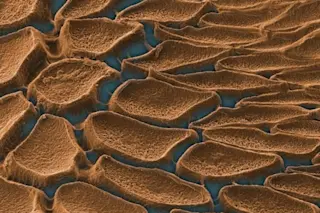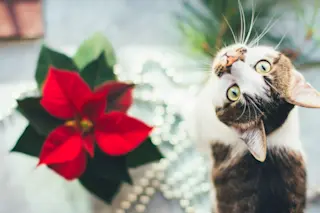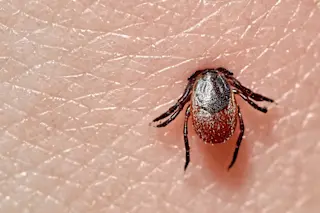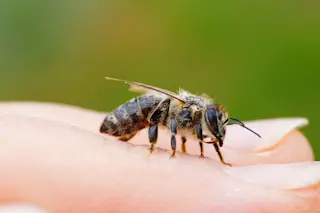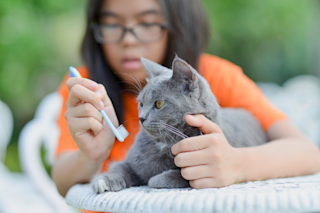Nature is a messy painter. Perhaps like a Jackson Pollock, nature fills its canvas with chaotic yet focused drips and smears and smudges. Most of the time, the paintings turn out marvelously—form and function for the sake of survival. Other times the chaos wins out, and nature makes a mistake. But mistakes can be beautiful.
DFA147: Phaethon. 2013. Unique Iris print on Arches watercolor paper. Cleared and stained Pacific tree frog collected in Aptos, California in scientific collaboration with Stanley K. Sessions. Since 1996, visual artist and biologist Brandon Ballengée has been fascinated with the physical deformities of amphibians. As you can see, his interest goes beyond his extensive scientific research on the topic. In an ongoing art project entitled Malamp: Reliquaries, Ballengée uses the unique process of “clearing and staining” biological specimens to highlight the hidden beauty in terminally deformed frogs.
DFA1: Panóptês Argos. 2003/08. Unique IRIS print on ...






